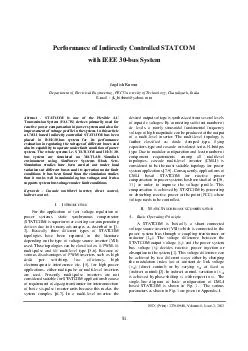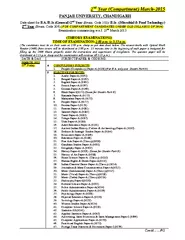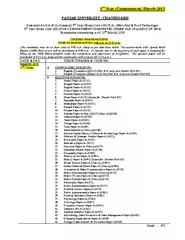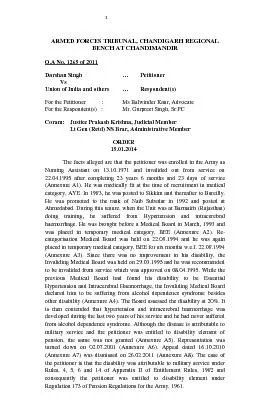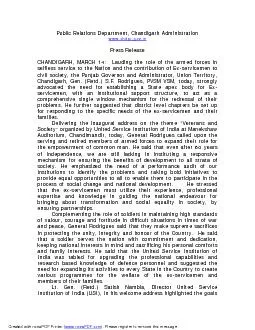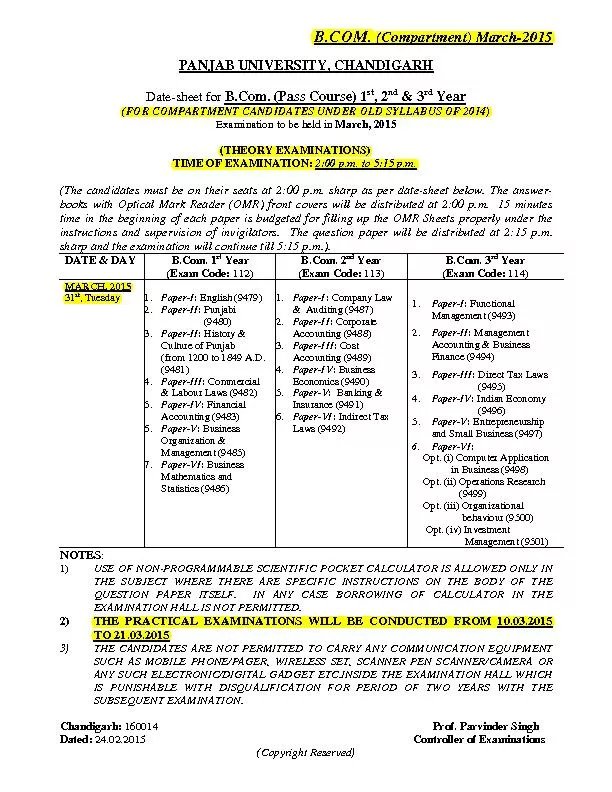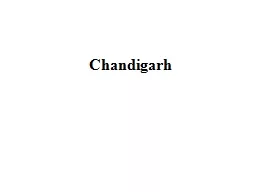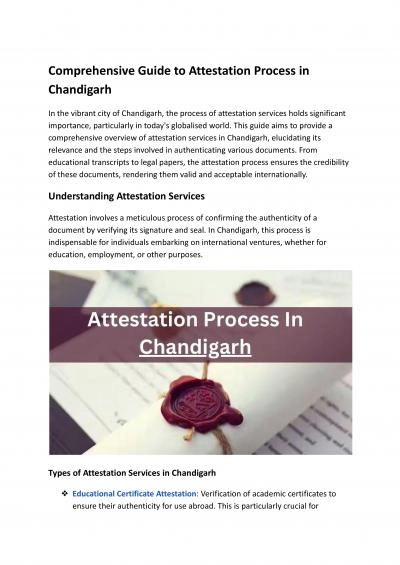PPT-SCERT UT Chandigarh
Author : faustina-dinatale | Published Date : 2019-11-24
SCERT UT Chandigarh 1 Program for International Student Assessment Mathematics Unit 1 FARMS He re you see a photograph of a farmhouse with a roof in the shape of
Presentation Embed Code
Download Presentation
Download Presentation The PPT/PDF document "SCERT UT Chandigarh" is the property of its rightful owner. Permission is granted to download and print the materials on this website for personal, non-commercial use only, and to display it on your personal computer provided you do not modify the materials and that you retain all copyright notices contained in the materials. By downloading content from our website, you accept the terms of this agreement.
SCERT UT Chandigarh: Transcript
Download Rules Of Document
"SCERT UT Chandigarh"The content belongs to its owner. You may download and print it for personal use, without modification, and keep all copyright notices. By downloading, you agree to these terms.
Related Documents


